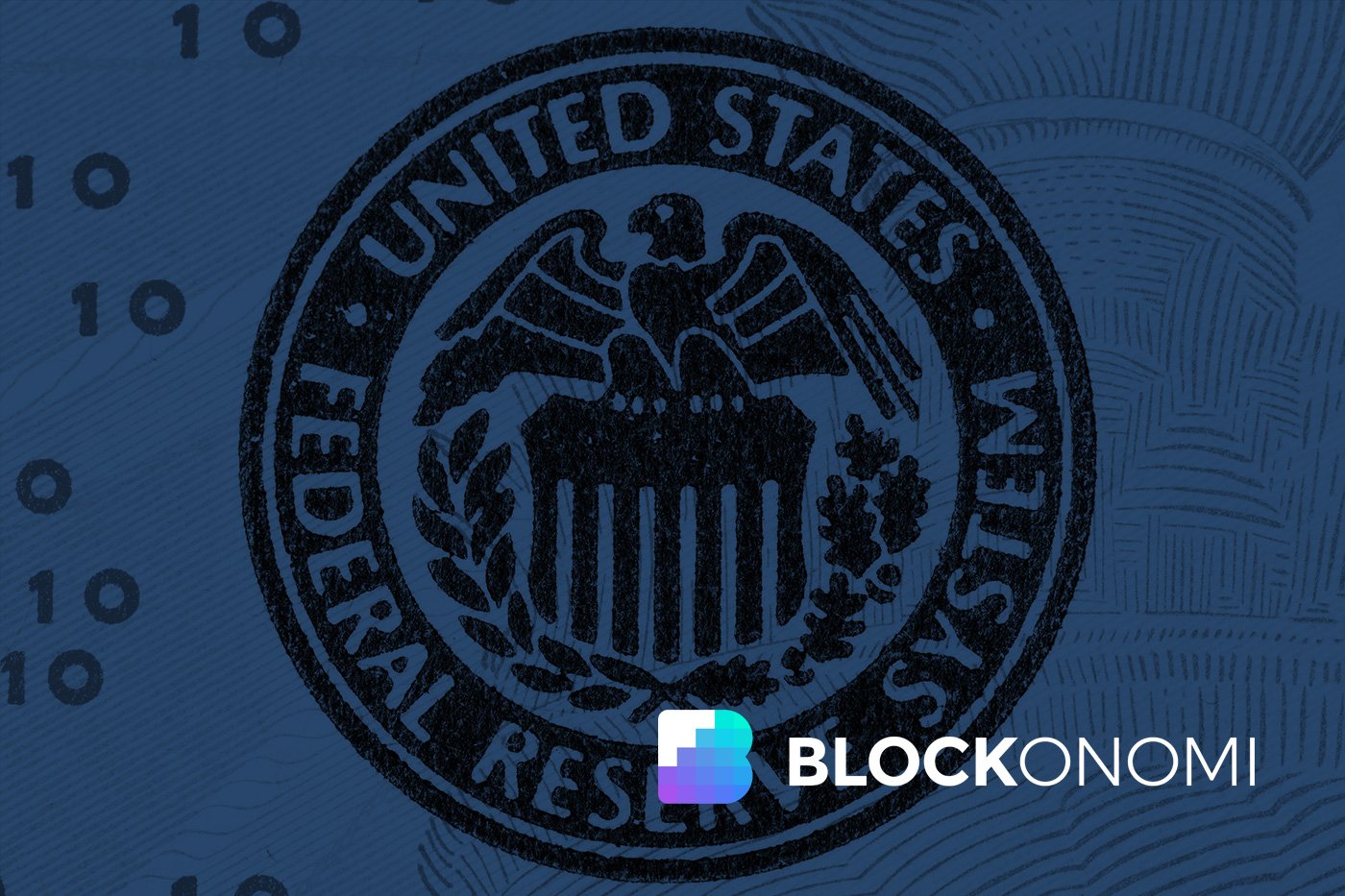TLDR:
- Credit card rates remain above 21% despite Fed rate cuts.
- Analysts say banks are no longer passing on policy relief to consumers.
- Borrowing costs are now rising faster than they are falling, increasing inequality.
- The middle class is increasingly treated as risk collateral by lenders.
The The easing cycle was expected to lower borrowing costs across the economy. Instead, consumer debt levels remain elevated, raising concerns about a broken credit transfer system.
Despite policy rate cuts, credit card interest rates are above 21% on average, widening the gap between central bank policy and consumer lending. Analysts now suggest that the Fed’s influence over household credit is weakening as banks prioritize profits over politics.
_ argue that the traditional link between Fed actions and consumer credit costs has been broken.
book costs for borrowers, maintaining record high credit card and loan interest rates. According to data from the Federal Reserve, average consumer interest rates are near historic highs despite easing policy conditions.
This deviation signals that the banking sector can now treat consumer debt as an income unit rather than a monetary policy channel.
This structure effectively channels monetary easing into capital markets while extracting value from households.
The change in the credit system has made household debt a securitized asset class.






